-
 Bitcoin
Bitcoin $117500
-0.28% -
 Ethereum
Ethereum $3558
0.05% -
 XRP
XRP $3.392
-1.64% -
 Tether USDt
Tether USDt $1.000
-0.04% -
 BNB
BNB $728.3
-0.65% -
 Solana
Solana $175.4
-0.82% -
 USDC
USDC $0.9998
-0.01% -
 Dogecoin
Dogecoin $0.2398
1.83% -
 TRON
TRON $0.3179
-2.38% -
 Cardano
Cardano $0.8204
-0.07% -
 Hyperliquid
Hyperliquid $44.07
-0.62% -
 Stellar
Stellar $0.4581
-1.03% -
 Sui
Sui $3.790
0.35% -
 Chainlink
Chainlink $18.16
1.68% -
 Hedera
Hedera $0.2643
-0.28% -
 Avalanche
Avalanche $24.22
2.25% -
 Bitcoin Cash
Bitcoin Cash $512.2
-0.43% -
 Shiba Inu
Shiba Inu $0.00001479
0.54% -
 Litecoin
Litecoin $111.1
8.86% -
 UNUS SED LEO
UNUS SED LEO $8.986
0.08% -
 Toncoin
Toncoin $3.194
-0.68% -
 Polkadot
Polkadot $4.337
1.87% -
 Uniswap
Uniswap $10.02
-1.95% -
 Monero
Monero $321.7
1.05% -
 Ethena USDe
Ethena USDe $1.001
-0.04% -
 Bitget Token
Bitget Token $4.870
0.73% -
 Pepe
Pepe $0.00001325
1.35% -
 Dai
Dai $0.9999
0.00% -
 Aave
Aave $314.1
-2.09% -
 Cronos
Cronos $0.1203
1.58%
Can an NFT lose its value?
NFT values fluctuate due to market trends, creator relevance, utility loss, and security risks, with many losing significant value as hype fades or projects fail.
Jul 12, 2025 at 08:35 pm

Understanding the Value Dynamics of NFTs
The concept of Non-Fungible Tokens (NFTs) has transformed how we perceive digital ownership and collectibles. However, a critical question that often arises among investors and creators is whether an NFT can lose its value. The short answer is yes — just like any asset, NFTs are subject to market forces, and their value can fluctuate significantly over time.
One of the primary reasons behind this volatility lies in the speculative nature of the NFT market. Many NFTs derive their value from trends, community interest, and perceived rarity. If these factors diminish, so too can the price associated with a particular token.
Factors That Influence NFT Valuation
Several elements contribute to the valuation of an NFT:
- Market Demand: If there's a drop in buyer interest for a specific collection or type of NFT, its value may decline.
- Creator Relevance: The popularity of the artist or brand behind the NFT plays a major role. A loss of relevance or credibility can reduce demand.
- Utility and Functionality: Some NFTs offer real-world utility, such as access to exclusive content or events. If that utility disappears, so does part of the value.
- Platform Stability: NFTs hosted on unstable or unpopular platforms may see depreciation due to lack of support or security concerns.
These variables illustrate why an NFT’s value is not guaranteed and can change rapidly based on external conditions.
How Market Trends Impact NFT Worth
The NFT space is highly influenced by broader cryptocurrency and digital art trends. When the crypto market experiences a downturn, many investors pull back from high-risk assets like NFTs. This reduction in liquidity leads to lower trading volumes and, subsequently, falling prices.
Additionally, social media trends and celebrity endorsements heavily influence NFT popularity. A project that gains viral attention one week might be forgotten the next. Projects without strong foundations or ongoing development are especially vulnerable to such shifts.
Another trend-driven factor is floor price manipulation, where sellers temporarily lower prices to attract buyers. While this can create opportunities, it also contributes to instability and uncertainty in valuation.
The Role of Scarcity and Utility in NFT Pricing
Scarcity is a well-known economic principle applied in the NFT world. Limited edition drops or unique pieces tend to command higher prices due to limited supply. However, if a large number of holders decide to sell simultaneously, even rare NFTs can experience value erosion.
Utility is another key component. For example, play-to-earn games often tie NFTs to in-game assets. If the game loses popularity or undergoes significant changes, the associated NFTs may become obsolete or less desirable. Similarly, NFTs offering real-world perks, like event tickets or VIP access, lose value once those benefits expire or are revoked.
Projects that fail to maintain ongoing utility or innovation typically see a decline in long-term value retention. This underscores the importance of ongoing engagement and development in sustaining NFT worth.
Security Risks and Their Financial Consequences
NFTs are built on blockchain technology, which is generally secure, but they are not immune to risks. Smart contract vulnerabilities, phishing attacks, and platform breaches can all impact the perceived and actual value of an NFT.
If a collection is hacked or involved in a scam, trust erodes quickly. Even if the issue is resolved, the damage to reputation can be irreversible. Buyers become wary, and existing owners may struggle to sell at previous valuations.
Moreover, some NFTs are stored on centralized servers rather than decentralized storage solutions like IPFS. If the hosting service shuts down or removes the digital file, the NFT becomes essentially useless — a "dead" NFT with no recoverable value.
Case Studies: NFTs That Lost Significant Value
Examining real-world examples helps clarify how and why NFT values can plummet:
- CryptoPunks and Bored Apes: Once commanding six-figure sums, many of these profile picture NFTs have seen substantial price drops since their peak in 2021–2022. As hype faded and new projects emerged, demand decreased.
- Minting Hype Projects: Numerous NFT collections launched during the boom period failed to deliver on promises. Without updates or utility, they were abandoned, leading to near-zero resale value.
- Celebrity-Backed Collections: Several NFT lines tied to celebrities saw rapid depreciation after initial excitement waned, particularly when the creator became embroiled in controversy or public disinterest grew.
These cases demonstrate that popularity alone cannot sustain long-term value in the NFT ecosystem.
Frequently Asked Questions
Can I recover value from an NFT that has dropped in price?
Recovering value depends on several factors, including the underlying project's development, future demand, and your willingness to hold long-term. Reselling at a lower price or participating in NFT lending markets might provide partial recovery options.
**Does the blockchain used affect NFT depreciation?h3>
Yes. NFTs on more established blockchains like Ethereum tend to retain value better than those on lesser-known chains. Transaction fees, network congestion, and community trust play roles in how resilient an NFT is against depreciation.
Are NFTs with physical backing less likely to lose value?
Not necessarily. While physical NFTs add a tangible element, their value still relies on demand, authenticity verification, and the ability to redeem or use the physical item. If redemption mechanisms are unclear or untrusted, depreciation remains possible.
What steps can I take to minimize value loss in my NFT investments?
Research thoroughly before purchasing, focus on projects with proven track records and clear roadmaps, monitor community sentiment, and consider diversifying across different types of NFTs to spread risk.
Disclaimer:info@kdj.com
The information provided is not trading advice. kdj.com does not assume any responsibility for any investments made based on the information provided in this article. Cryptocurrencies are highly volatile and it is highly recommended that you invest with caution after thorough research!
If you believe that the content used on this website infringes your copyright, please contact us immediately (info@kdj.com) and we will delete it promptly.
- SUI Altcoin: Primed for Potential 100x Gains?
- 2025-07-20 04:50:12
- Panicked, Child, Swallowed Coin: A Parent's Worst Nightmare (and What to Do)
- 2025-07-20 04:35:12
- WLFI Token Tradability: World Liberty Finance's Bold Move Under Trump's Crypto Wing
- 2025-07-20 04:50:12
- Floki Price Rockets: Breakout Rally or Meme Coin Mirage?
- 2025-07-20 04:35:12
- Tinubu, the North, and Appointments: Too Little, Too Late?
- 2025-07-20 03:20:15
- Stellar Blade Hacked: When Crypto Scams Target Your Favorite Games
- 2025-07-20 03:50:12
Related knowledge
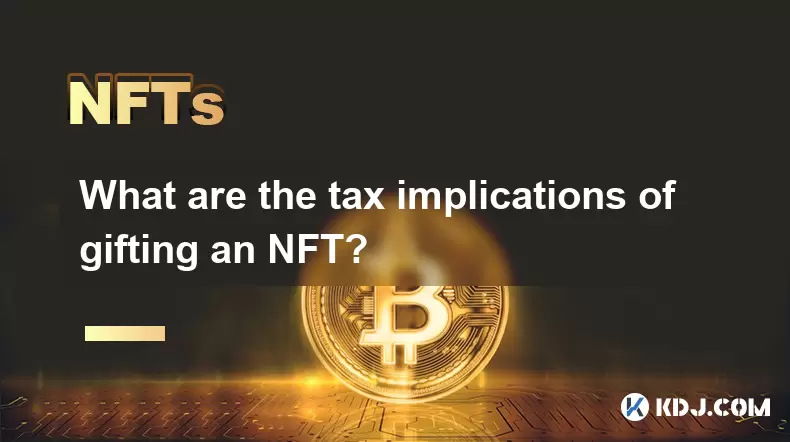
What are the tax implications of gifting an NFT?
Jul 19,2025 at 04:21am
Understanding the Basics of NFT GiftingGifting a Non-Fungible Token (NFT) involves transferring ownership from one individual to another without recei...
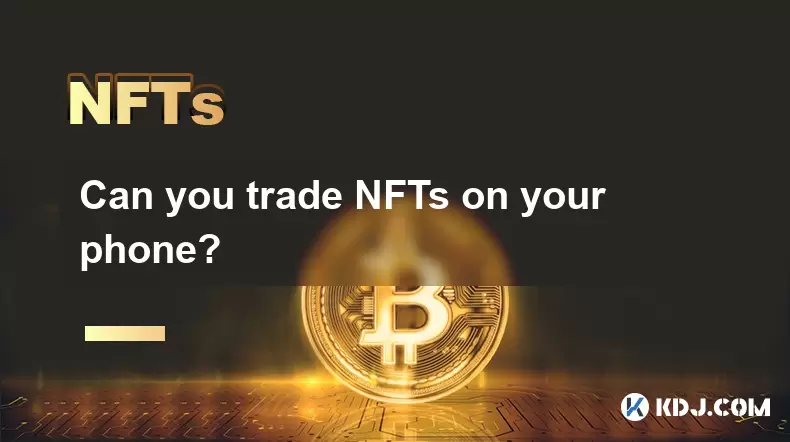
Can you trade NFTs on your phone?
Jul 18,2025 at 04:29am
Trading NFTs on Mobile DevicesYes, you can trade NFTs on your phone, and the process has become increasingly streamlined thanks to a variety of mobile...
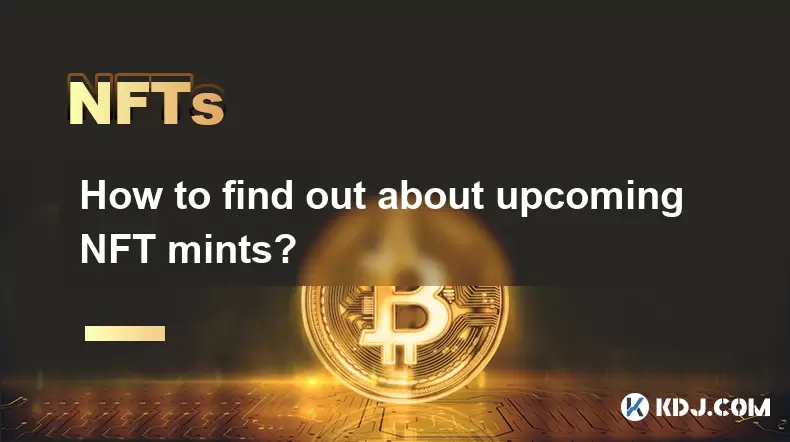
How to find out about upcoming NFT mints?
Jul 18,2025 at 11:50am
Exploring NFT Minting OpportunitiesUnderstanding the landscape of upcoming NFT mints is crucial for collectors, investors, and creators who wish to st...
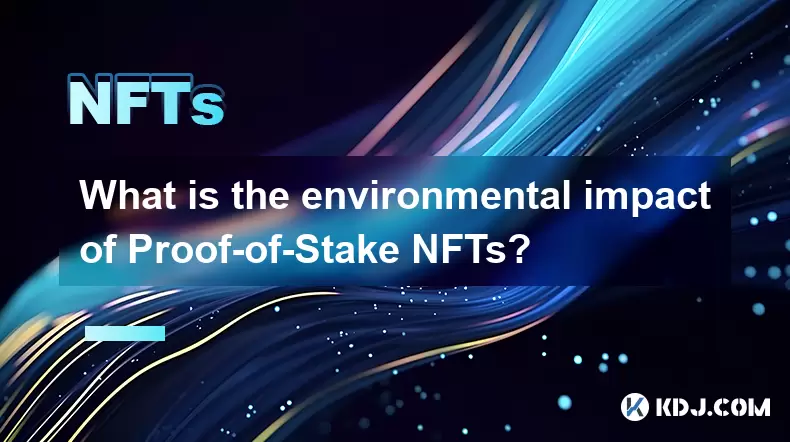
What is the environmental impact of Proof-of-Stake NFTs?
Jul 17,2025 at 07:14pm
Understanding the Basics of Proof-of-Stake NFTsProof-of-Stake (PoS) is a consensus mechanism used by blockchain networks to validate transactions and ...
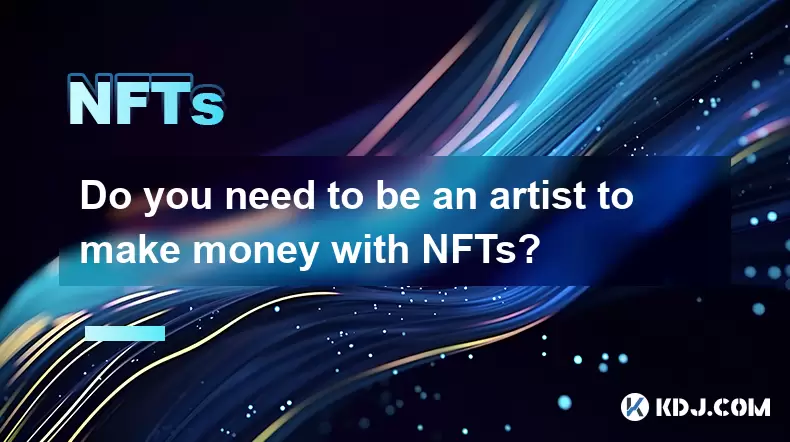
Do you need to be an artist to make money with NFTs?
Jul 19,2025 at 06:35am
Understanding the Role of Art in NFTsThe non-fungible token (NFT) market has grown rapidly, offering various opportunities for creators and investors....
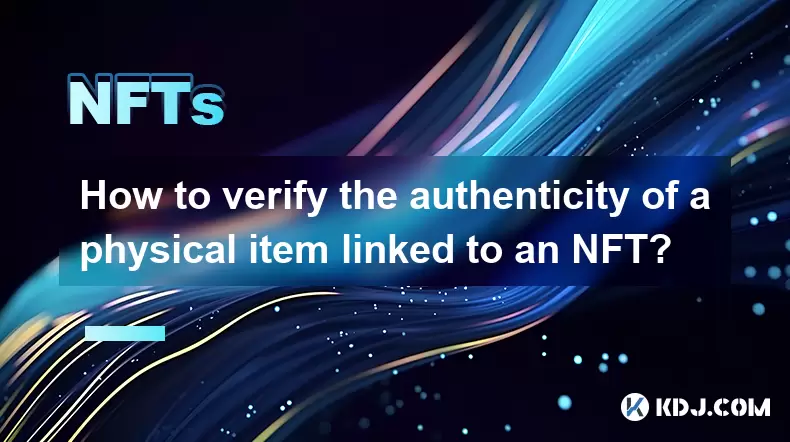
How to verify the authenticity of a physical item linked to an NFT?
Jul 18,2025 at 03:07pm
Understanding the Link Between NFTs and Physical ItemsWhen an NFT is linked to a physical item, it essentially acts as a digital certificate of owners...

What are the tax implications of gifting an NFT?
Jul 19,2025 at 04:21am
Understanding the Basics of NFT GiftingGifting a Non-Fungible Token (NFT) involves transferring ownership from one individual to another without recei...

Can you trade NFTs on your phone?
Jul 18,2025 at 04:29am
Trading NFTs on Mobile DevicesYes, you can trade NFTs on your phone, and the process has become increasingly streamlined thanks to a variety of mobile...

How to find out about upcoming NFT mints?
Jul 18,2025 at 11:50am
Exploring NFT Minting OpportunitiesUnderstanding the landscape of upcoming NFT mints is crucial for collectors, investors, and creators who wish to st...

What is the environmental impact of Proof-of-Stake NFTs?
Jul 17,2025 at 07:14pm
Understanding the Basics of Proof-of-Stake NFTsProof-of-Stake (PoS) is a consensus mechanism used by blockchain networks to validate transactions and ...

Do you need to be an artist to make money with NFTs?
Jul 19,2025 at 06:35am
Understanding the Role of Art in NFTsThe non-fungible token (NFT) market has grown rapidly, offering various opportunities for creators and investors....

How to verify the authenticity of a physical item linked to an NFT?
Jul 18,2025 at 03:07pm
Understanding the Link Between NFTs and Physical ItemsWhen an NFT is linked to a physical item, it essentially acts as a digital certificate of owners...
See all articles

























































































